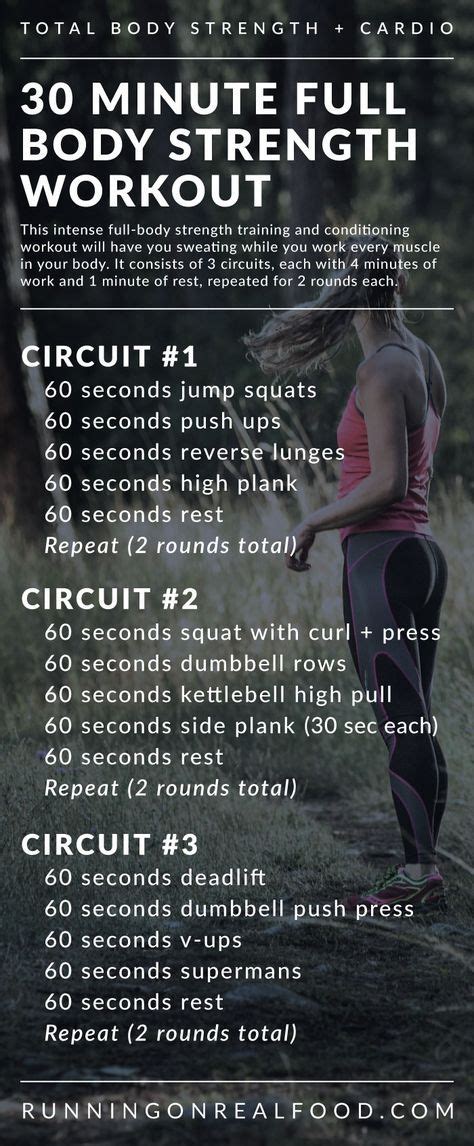How to break strength plateaus efficiently for peak gains & muscle growth?

Understanding the Plateau Phenomenon
For anyone serious about strength training and muscle growth, hitting a plateau is an inevitable, often frustrating, part of the journey. A strength plateau occurs when your body adapts to your current training stimulus, and you stop seeing improvements in strength, size, or performance, despite consistent effort. It’s a signal that your current routine is no longer challenging enough to trigger further adaptation.
The reasons behind plateaus are varied: insufficient progressive overload, inadequate recovery, nutritional deficiencies, poor form, or simply a lack of variation in your training. Recognizing these underlying causes is the first step toward devising an effective strategy to break through them and continue your pursuit of peak gains.

Strategic Training Adjustments
Redefine Progressive Overload
Progressive overload isn’t just about adding more weight. It’s about continually challenging your muscles in new ways. Consider these variables:
- Increase Volume: Add more sets or reps to your workouts.
- Increase Frequency: Train a muscle group more often throughout the week.
- Decrease Rest Times: Shorten the rest periods between sets to increase intensity.
- Time Under Tension (TUT): Slow down your reps, especially the eccentric (lowering) phase, to keep muscles engaged longer.
- Vary Exercise Selection: Introduce new exercises that target the same muscle group from different angles.
Incorporate Periodization and Deloads
Structured periodization involves systematically varying your training variables (intensity, volume, exercise selection) over time. This prevents your body from fully adapting and constantly provides a new stimulus. Equally important are deload weeks, where you significantly reduce volume and/or intensity. Deloads allow your body to fully recover, repair tissues, and come back stronger, preventing burnout and overuse injuries that often contribute to plateaus.
Focus on Form and Technique
Poor form not only increases injury risk but also prevents the target muscles from receiving the full stimulus. A slight adjustment in your squat depth or bench press grip can unlock new strength. Consider filming yourself or getting a coach to analyze your technique. A stronger mind-muscle connection, focusing on feeling the muscle work, can also enhance activation and growth.

Optimizing Nutrition and Recovery
Fueling for Growth
To build muscle and increase strength, your body needs adequate fuel. Ensure you are in a slight caloric surplus, consuming enough protein (around 1.6-2.2g per kg of body weight) to support muscle repair and growth, and sufficient carbohydrates for energy. Don’t neglect healthy fats, which are crucial for hormone production.
Prioritize Sleep and Stress Management
Muscle growth and strength gains primarily occur during rest, not during your workout. Aim for 7-9 hours of quality sleep per night. Chronic stress elevates cortisol levels, which can hinder recovery and muscle growth. Incorporate stress-reduction techniques like meditation, yoga, or spending time in nature.

Advanced Techniques and Mindset
Intensity Boosters
Once your foundational training and nutrition are dialed in, consider advanced techniques to shock your system:
- Drop Sets: Perform a set to failure, then immediately reduce the weight and continue for more reps.
- Supersets/Giant Sets: Perform two or more exercises back-to-back with minimal rest.
- Rest-Pause Sets: Perform a set to near failure, rest for a short period (10-20 seconds), then perform more reps with the same weight.
Address Weak Links
Often, a plateau in a major lift like the squat or deadlift is due to a weaker supporting muscle group. Identify your weakest link (e.g., glutes in a squat, grip in a deadlift) and incorporate specific accessory exercises to strengthen it. This targeted approach can significantly boost your main lifts.

Tracking Progress and Reassessment
Keep a detailed training log. Documenting sets, reps, weight, and even how you felt during a workout provides valuable data. Regularly review your progress to identify patterns, pinpoint what strategies worked, and make informed adjustments. Don’t be afraid to experiment with different approaches; what works for one person might not work for another.
Breaking a strength plateau is less about a single magical solution and more about a holistic, systematic approach. It requires patience, consistency, and a willingness to adapt your strategy. By implementing these tactics, you can efficiently break through barriers and continue on your path to peak gains and sustainable muscle growth.









